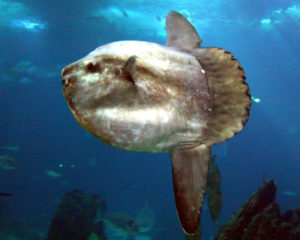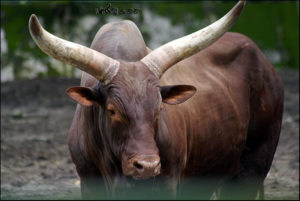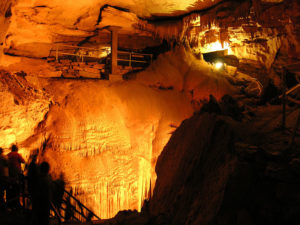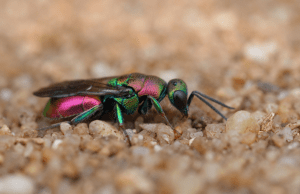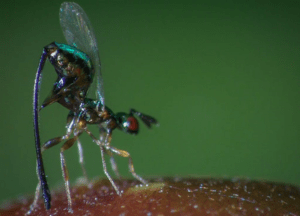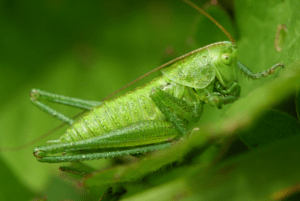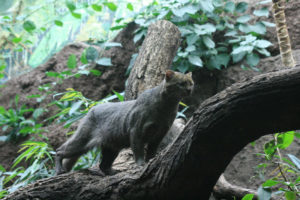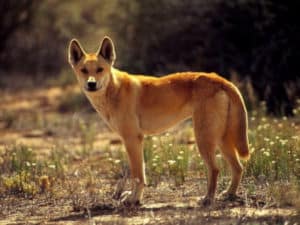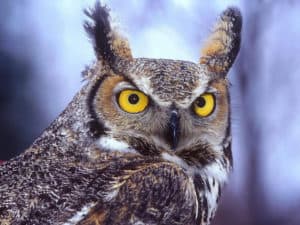Mola Mola Facts Related Articles Mola Mola Physical Description Incredibly, the Mola Mola represents a truly gigantic variety of bony fish. Physically mature adult specimens attain an average length of 5.9 ft (1.8 m). Yet, the impressive fish also reaches an average fin-to-fin vertical measurement of roughly 8.2 ft (2.5 m). Exceptional individuals can grow […]
Ankole-Watusi
Ankole-Watusi Facts Related Articles Ankole-Watusi Physical Description With the obvious exception of the horns, the astounding Ankole-Watusi forms a medium-sized type of cattle. This trait has also remained consistent throughout its domestication. This fact elegantly proves the principle that size has no bearing with impressiveness. It also shows a moderate degree of sexual dimorphism, a […]
Mammoth Cave
Mammoth Cave Facts Related Articles Mammoth Cave Physical Description The masterpiece of natural construction man named Mammoth Cave fully merits that designation. That’s becasue it ranks as the largest of all known cave systems of earth! To date, total mapped passageways exceed an astounding 400 mi (640 km) in length, with possibly more waiting. Despite […]
Lake Titicaca
Lake Titicaca Facts Related Articles Lake Titicaca Physical Description The magnificent Lake Titicaca fully deserves the appreciation it receives from those who view or visit the site. Yet it does so for more than just its beauty, as many such sites do. That’s due to the fact that the water body also boasts some remarkable […]
Cuckoo Wasp
Cuckoo Wasp Facts Related Articles Cuckoo Wasp Physical Description Most notably, the physical appearance of the Cuckoo Wasp varies significantly. This occurs because the term collectively refers to an extensive group of species. However, certain basic physical patterns do exist. Firstly, the great majority of the members of this group rarely exceed 0.5 in (1.2 […]
Fig Wasp
Fig Wasp Facts Related Articles Fig Wasp Physical Description Firstly, the fascinating Fig Wasp displays an unusual form of sexual dimorphism. But, in itself, this fact remains unsurprising. However, in this particular species, it appears in an uncommon fashion. First of all, the females have the physical appearance common to wasps. In most species, however, […]
Green Bush Cricket
Green Bush Cricket Facts Green Bush Cricket Physical Description Like many insects, the genders of the Green Bush Cricket display a slight degree of sexual dimorphism. Females average around 1.7 in (4.3 cm) in length while males only reach about 1.4 in (3.6 cm). True to its name, the tiny invertebrate develops as primarily green in […]
Jaguarundi
Jaguarundi Facts Related Articles Jaguarundi Physical Description The beautiful Jaguarundi rarely fails to capture the immediate attention and interest of those individuals fortunate enough to encounter it in the wild. However, this marvel of Nature and evolution typically does so due to its beauty alone. That’s true since it’s not a large wild feline. This […]
Dingo
Dingo Facts Related Articles Dingo Physical Description Perhaps most notably, the pure-blood Dingo possesses a quite distinctive appearance. This distinguishes it from other wild canines. Firstly, the head develops comparatively broad and the ears remain mostly completely erect. In addition, the muzzle develops as quite elongated. Furthermore, the eyes may be either brown, orange, or […]
Long Eared Owl
Long Eared Owl Facts Related Articles Long Eared Owl Physical Description The mesmerizing Long Eared Owl instantly captivate those individuals fortunate enough to encounter one of these marvels. Yet, the animal usually does so due more to its striking appearance than impressive dimensions. That’s true since it only ranks as a medium-to-large variety of owl. […]
